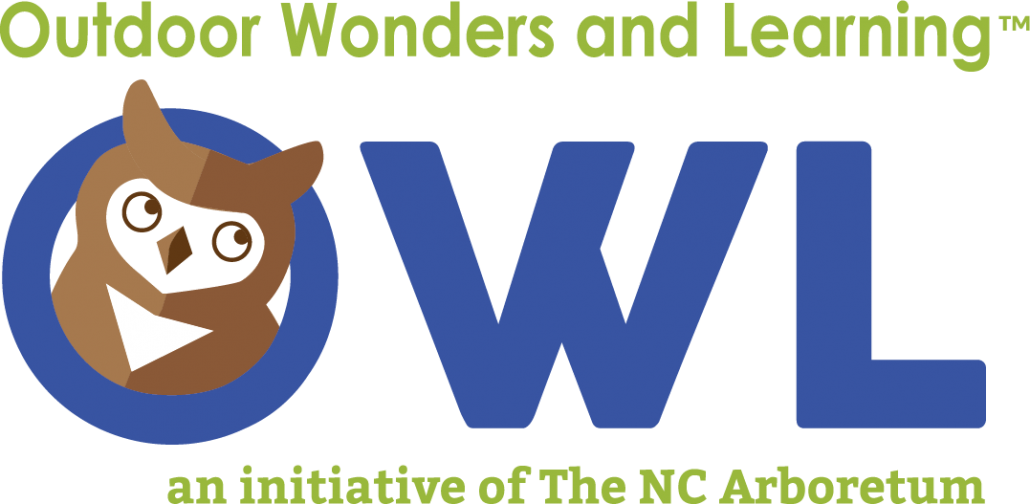Bird Study
Students will spend time studying birds to better understand how special beak shapes help birds eat certain foods in their habitats
Supplemental Reading
Fine Feathered Friends: All About Birds by Tish Rabe
They Boy Who Drew Birds: A Story of John James Audubon by Jacqueline Davies
Little Ornithologist (My First Field Guide) by E.L. Botha
Grade Levels:
Curriculum Correlation:
NCSCS—Science K.L.1.1, K.L.1.2 1.L.2.2 2.L.2.2
NCSCS—Mathematics K.CC.4, K.CC.5, K.MD.2 1.MD.1, 1.MD.2 2.MD.1, 2.MD.3, 2.MD.4
Materials:
Bird photos from the Common Backyard Animals set or a variety of magazine photos of birds; bird size comparison chart (see Student Pages); pencils and paper for the teacher to record data; online access to National Geographic’s Backyard Bird Identifier or download the free Merlin Bird App; beginner field guides featuring birds (optional); observation journals for the students (optional)
Duration:
Introduction session is 30 minutes; follow up with four 15 minute sessions. Same time of day is preferable.Location:
Outdoor Study Area or classroom
Procedure:
1. Show the students the bird photos, encouraging them to look at them closely. Ask them to help you identify things that are the same on all of the birds (How do they know these are all birds?) – feathers, wings, beaks, feet. Even though all of the birds have these features, are they all the same?
*Ask them to compare:
- Color
- Shape
- Size (may be difficult with photos)
- Do they know where the birds live? If not, where do they think they might live?
2. Have the students look at the beaks of the birds. Have they ever seen a bird eat? What do birds use to eat? Do all birds eat the same food?
3. Go outside to watch the bird feeder for at least 15 minutes. Be sure to leave enough space between the students and the feeder so the birds feel comfortable visiting, but so the students are also close enough to see the birds. As a bird appears, ask the students to give you the following details to record:
- What color is the bird?
- How big does it look?
- For younger students this can be a size comparison using common classroom objects – glue bottle or stick for small birds (wrens and sparrows), pencil box for medium birds (cardinals and robins), backpack for larger birds (crows).
- What is it doing? (eating from the feeder, landing on a tree, walking on the ground)
4. If you’ve downloaded the Merlin App, you can identify the bird as the students give you the details. Otherwise, you can use this same data inside looking at the National Geographic website.
5. While identifying the birds that visited the study space, take a closer look at their beaks. Ask the students how they think that beak might be used – for crunching, for digging/poking in the ground, for fitting into small spaces like holes or flowers, etc. Practice the Scientific Method by asking the students to make a guess about what food the bird might eat based on how they think the beak is used. Remind them of what they observed the bird doing outside as well. After you have a hypothesis for each bird, read further about the bird’s food either on the website, app, or in a field guide. What are the results? Do any of the birds have similar shaped beaks but eat different things? Is this because they live in different habitats?
6. Repeat Steps 3 through 5 for four more 15 minute sessions. It’s best to observe the study site close to the same time of day each time – mornings are best for bird activity. This way the results will be consistent.
7. After the last day, count the totals of each species of bird observed. Which species did you see most often? Which feeder had the most visitors? What type/shape of beak did most of the birds have? Why do you think birds with that beak came to that feeder? Were there any special differences you were able to observe (a male and a female cardinal, a woodpecker climbing a tree trunk instead of sitting on a branch, etc.)?
Extensions:
1. Students learning units of measure can use the Bird Size Comparison Chart, the National Geographic website, the Merlin App, or the beginner field guides to research the size of the different birds they observed. They can then measure out the size of each bird species using rulers to get a better understanding of their true size. They can compare the different species, order them largest to smallest or smallest to largest, and discuss how the size of the birds plays a role in how they live in their habitat and get the things they need to survive.
2. In the Project WILD activity “Thicket Game,” students (grades Pre-K through fourth grade) play the roles of predator and prey as they learn about the importance of adaptations through a hide-and-seek simulation
Learning Targets:
1. Utilize different types of technology to research bird species.
2. Observe and compare characteristics of different bird species and identify how those characteristics help them in their habitats.
3. Analyze data collected from observations and draw conclusions based on what was learned.


Leave a Reply
Want to join the discussion?Feel free to contribute!